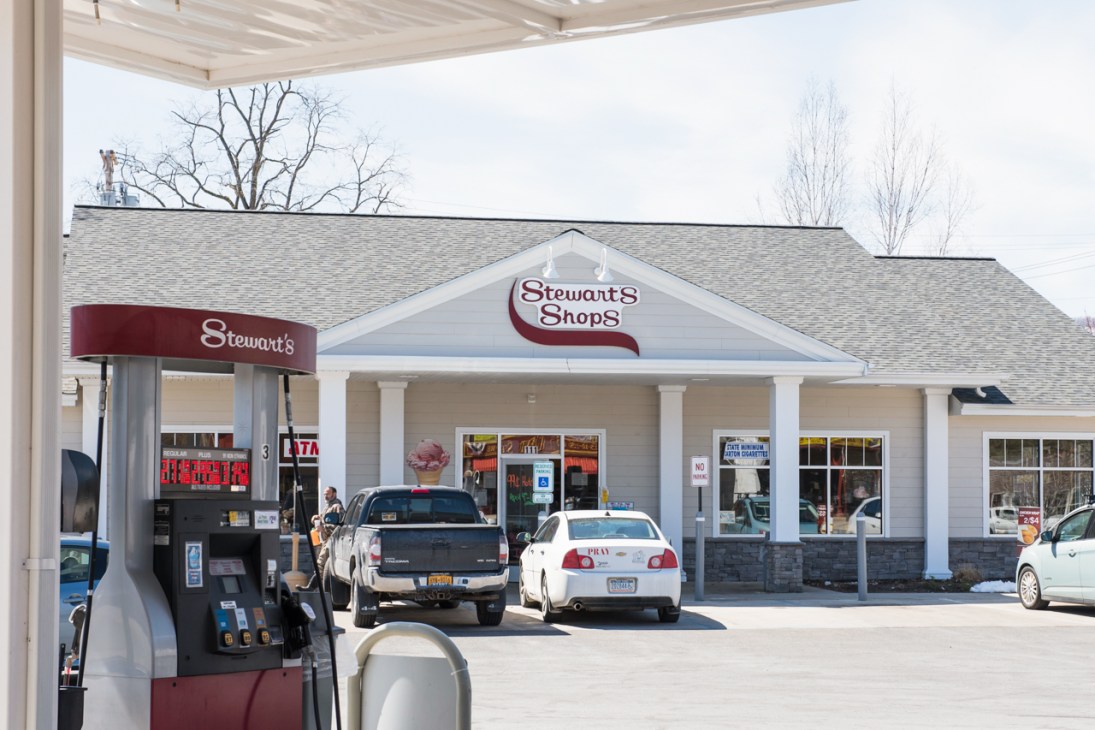Why one unassuming US grocery chain is a perfect lesson in the power of community building
Little about Stewart’s has changed in 50 years. For the business, presence and consistency are more important that standing out from the crowd.
Stewart’s is a chain of 400 convenience stores across New York state, New Hampshire and Vermont that seems to appeal to everyone. It’s where contractors grab coffee at dawn (some branches open at 04.30); where people in retirement go to buy the paper; and where Daniel Day-Lewis is rumoured to grab an eggwich (four million-plus sold in 2024). When my Brazilian friend visited from São Paulo, she declared Stewart’s “the best hangout in town”.
With burgundy branding and beige interiors, little about Stewart’s has changed in 50 years. So unwavering is its identity, it now feels dependable, trustworthy, familiar and oddly comforting – a cultural glue.

Starting as a family-owned dairy nearly 80 years ago, Stewart’s has been built by the Dake family into an $877m (€806m) empire pulling in $2.5bn (€2.3bn) in annual revenue. Forty per cent employee-owned, with a workforce that stays, Stewart’s thrives on relationships and vertical integration – farms that are just 20 minutes from its plant. The eggs are fresher and cheaper than any neighbourhood shop, while the milk, which goes from farm to cooler in 48 hours, has been rated the best in New York state.
So what can upmarket grocers take from Stewart’s? Stop chasing reinvention, trends, influencers and “new arrival” products. No one goes to Stewart’s for the aesthetics but the food is consistent, fresh, delicious and affordable; the coffee is hot, the eggs are cheap and the milk tastes better than at your average health-food shop. Its employee stock programme has minted 199 millionaires. Stewart’s, with its unshakable presence and consistency, has managed to stay unremarkable yet essential.
Gardner founded ‘Modern Farmer’ magazine and is Monocle’s former Americas bureau chief.



